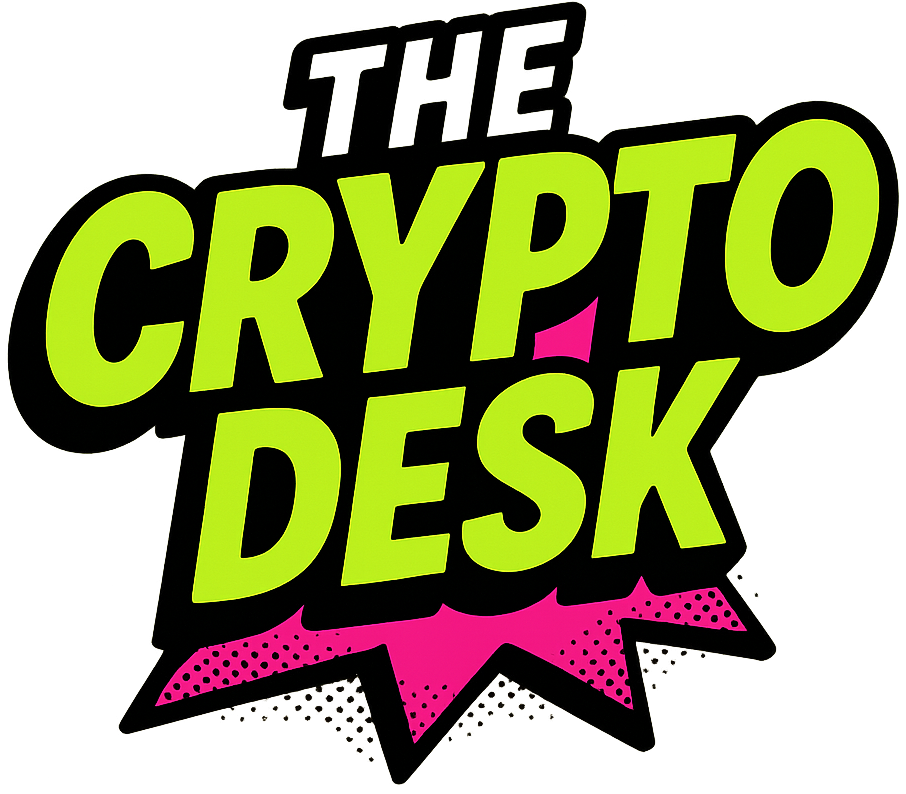SEC’s Groundbreaking Announcement: What It Means for Stablecoins
The landscape of cryptocurrency regulation in the United States is experiencing a seismic shift, thanks to the recent announcement from the U.S. Securities and Exchange Commission (SEC) on April 4. With new guidelines in place, certain fiat-backed stablecoins have been classified as “non-securities,” a development that promises to change the way these digital assets operate in the marketplace. This pivotal regulation not only provides clarity for companies involved in stablecoin issuance but also has the potential to reshape investor confidence and participation in this rapidly evolving sector.
Decoding the New Stablecoin Classification
Under the updated regulatory framework, conventional stablecoins—those backed 1:1 by U.S. dollars or low-risk liquid assets—will no longer be subjected to rigorous transaction reporting requirements. This decision creates a more straightforward path for stablecoin issuers, significantly reducing operational burdens and fostering innovation. However, there are strict criteria that stablecoins must meet to be designated as “covered stablecoins”: they must be fully backed by physical U.S. dollars, and issuers must allow for redemption at a 1:1 ratio with the dollar.

Who’s Left Out? The Exclusion of Algorithmic Stablecoins
Not all stablecoins have been granted this favorable status. The SEC’s new guidelines specifically exclude algorithmic and synthetic stablecoins—those reliant on software mechanisms or complex trading strategies to maintain their value peg. This exclusion underscores the agency’s commitment to ensuring stability and transparency in the stablecoin market.
Additionally, the regulations impose restrictions on covered stablecoin issuers, preventing them from mixing reserves with operational funds, providing yields or profit-sharing to token holders, or engaging in market speculation with the assets they hold. These measures echo recent legislative efforts, such as the GENIUS Stablecoin Bill and the Stable Act of 2025, which aim to bolster the U.S. dollar’s position in global finance by promoting trustworthy, fully-backed stablecoins.
A Financial Powerhouse: Tether Takes the Lead
As a testament to the growing significance of stablecoins, Tether—the largest issuer in the space—has emerged as a powerhouse, amassing a portfolio that includes substantial holdings in U.S. Treasury bills. Currently, Tether ranks as the seventh-largest holder of such securities globally, even surpassing countries like Germany and Canada. This trend highlights the increasing intertwining of stablecoins with traditional financial systems.
During the White House Digital Asset Summit on March 7, U.S. Treasury Secretary Scott Bessent emphasized the crucial role of stablecoin regulations in maintaining the dominance of the dollar in the digital age, showcasing how vital this development is not just for the crypto ecosystem, but for the entire financial landscape.
Mixed Responses: Addressing Criticism from Within
While the broader cryptocurrency community largely welcomes the SEC’s decision, not everyone shares this optimism. SEC Commissioner Caroline Crenshaw has expressed her dissent, publicly critiquing the new guidelines. On the very same day as the announcement, she voiced her concerns over potential misrepresentations regarding the risks associated with USD-backed stablecoins, stating that the report contained legal and factual inaccuracies.
Crenshaw pointed out that over 90% of USD stablecoins are accessed by retail buyers through intermediaries rather than directly from issuing entities, which she believes the SEC underplayed in their evaluation. Her perspective raises questions about the implications of these guidelines for consumer access and market dynamics.
“The SEC has determined that fully-reserved, liquid, dollar-backed stablecoins are not securities. Therefore blockchain transactions to mint or redeem them do not need to be registered under the Securities Act. Helpful clarity from @SECGov.” – David Sacks
Expert Perspectives on the Impact
Despite the critique, many industry experts have hailed the SEC’s announcement as a step in the right direction. Ian Balina, founder of Token Metrics, views the new guidelines as a positive development, emphasizing that they help focus on what truly matters in the crypto space: transparency, consumer protection, and stability. His sentiments echo those of Federal Reserve Chair Jerome Powell, who recently affirmed the central bank’s commitment to developing a comprehensive regulatory framework for stablecoins. Powell reiterated the need to protect consumers and maintain trust in the system—an essential consideration in today’s digital asset era.
Looking Ahead: The Future of Stablecoins in a Regulated Environment
As we stand on the brink of a new chapter in stablecoin regulation, the implications of these developments cannot be overstated. With clearer rules in place, we may witness an influx of innovation and investment in the stablecoin sector, potentially inviting more traditional finance players into the space.
The ripple effects of this regulatory clarity could stimulate further development within the cryptocurrency landscape, leading to enhanced market stability and consumer trust. As such, both issuers and investors should keep a close watch on how these guidelines evolve and what future regulations may emerge to address the ever-changing dynamics of the digital asset ecosystem.
Conclusion: Join the Conversation!
The SEC’s new classification of stablecoins as non-securities marks a significant milestone in the regulatory journey of cryptocurrencies. What do you think about these recent changes? Will they positively impact the stability and adoption of stablecoins, or do you think further regulation is needed? We’d love to hear your thoughts in the comments below!

